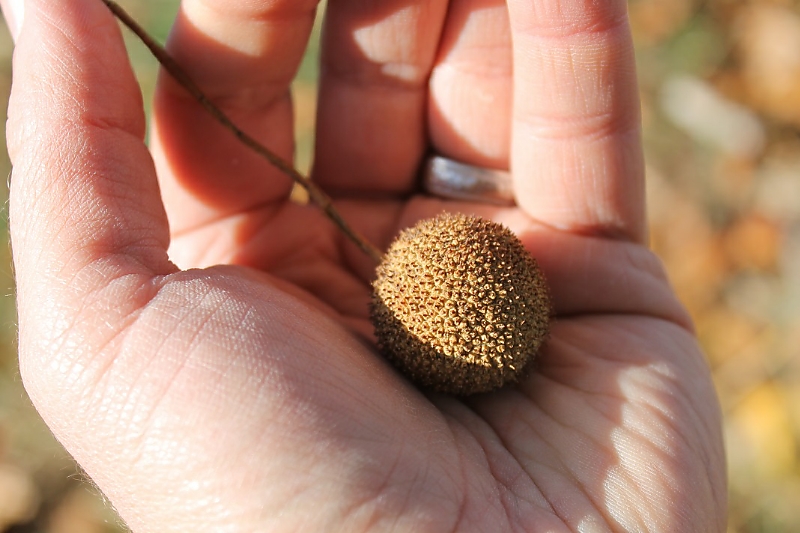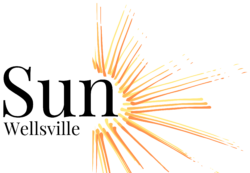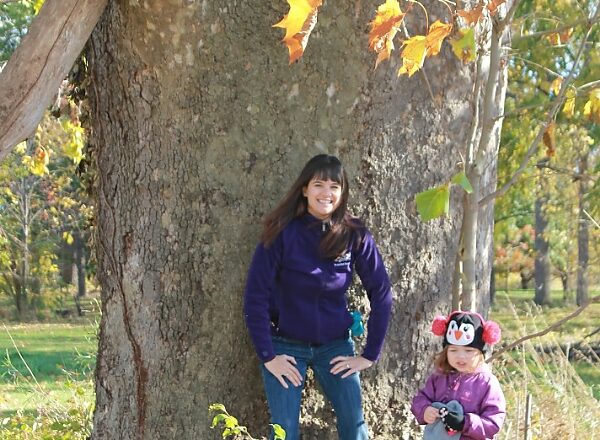The “Confer Sycamore” is older than the United States of America
By Bob Confer, follow Exploring The Western NY Wilds on Facebook
In what is now my backyard, there once stood three large barns that were all built in 1852. The last of them came finally down in 1997. Despite the quality of their construction, they couldn’t handle the elements and stand the test of time.
While man’s artistry failed, Mother Nature’s hasn’t.
Near what was once the barnyard stands a magnificent sycamore tree. That tree was there before those barns were built. According to circumference-based age calculations devised by botanists, that tree started growing in 1747 — 29 years before the USA was founded.
I won’t know how accurate that is until it comes crashing to the earth and I can count the rings, which I hope is not anytime soon.
It likely won’t be — the tree is still healthy and vibrant. It has survived 278 years of ice storms, strong winds, and insect pests. It looks like it could survive another 278 years.

The trunk comes in at a jaw-dropping circumference of 218 inches (18 feet), making it one of the largest and oldest sycamores in the state — it’s still dwarfed by the largest sycamore on New York’s Big Tree Register, a specimen in Dutchess County that has a circumference of 324 inches. Still, New York’s sycamores pale in comparison to those of the South, where more favorable growing conditions have allowed past giants to reach 15 feet in diameter (not circumference).
Our tree is a beautiful specimen. Then again, so are all sycamores in many ways.
Sycamores have the most attractive bark of all shade trees. It is constantly peeling and flaking and exposes a wide variety of colors. It is primarily white with patches of brown, green, and gray throughout. That mottled appearance can be compared to a jigsaw puzzle.

From a great distance away you will notice the white bark (no other tree of its size has it), the massive straight trunk, and the broad crown. It’s not uncommon to see sycamores in excess of 70 feet in height.
The leaves seem to be as massive as the trees themselves. Maple-like in appearance, they are four to eight inches long and even wider. They are bright green above and paler green below. In the fall they turn brown with a hint of yellow.

Sycamores are known to shed their leaves all summer long, so don’t assume that your tree is sick. Quite often, too, they will be the last of the trees to leaf out in late-spring, which can also put a scare in landowners, but fear not, it’s normal.

Everything about these trees is big – including the fruit. In the late fall you will see brown balls of one-half to almost two inches in diameter hanging from sycamores. They will be rock hard at first, but as the winter progresses they will soften considerably and then you can ply the ball apart to exposes hundreds of little seeds on puffs that could go airborne (like a dandelion or cattail). If you were interested in being a “Johnny Sycamoreseed,” you could take the fruits apart and spread them or plant them with ease.
These trees have provided a wide variety of uses to Man. They have been used as ornamental and shade trees. Their wood has been used for furniture, millwork, flooring, and butcher blocks.
I wouldn’t consider sycamores to be common in Western New York. You’ll find them, but it will take some work. Luckily, they stick out from a distance because of the white bark.
They prefer wet (but not marshy) soils near stream banks and flood plains. So, to scout them out, look for creeks and streams – both small and large. For my Niagara County readers, your best places to find them are along Eighteen Mile Creek or one of its tributaries. As for Allegany County, there are in places some rather impressive stands of sycamores along the Genesee River that can be seen from fishing spots and the WAG Trail.
If you do get a chance to see one of these magnificent trees it will be an unforgettable experience. Bring a camera — and bring a baggy in which to keep a few of the seed balls. You might find some success growing one of these trees in your backyard and helping advance the population of this native species.
Bob Confer is the founder, editor, and naturalist behind “Exploring the Western New York Wild”, a nature series dedicated to all that is wild and wonderful in our region. You can reach him anytime, Bob@ConferPlastics.com






